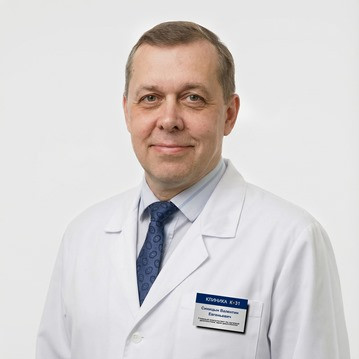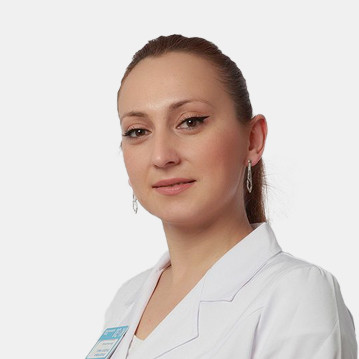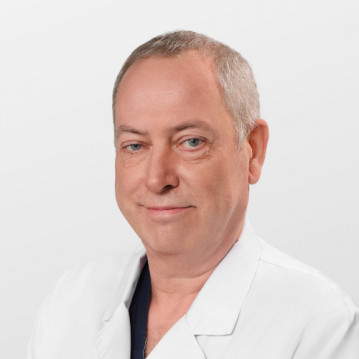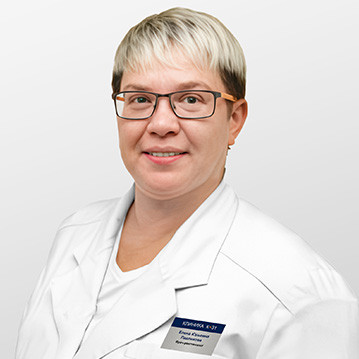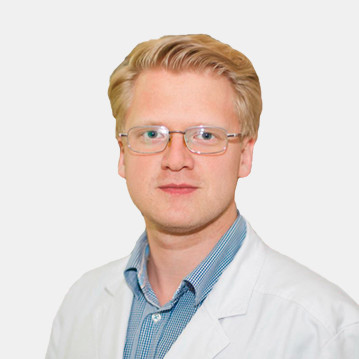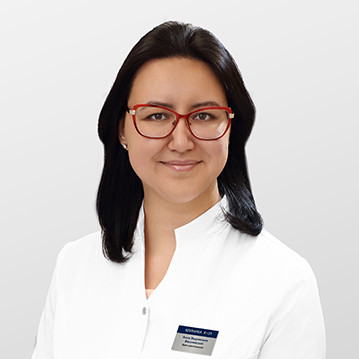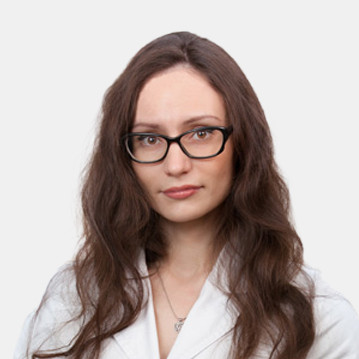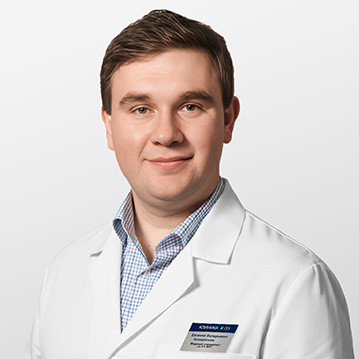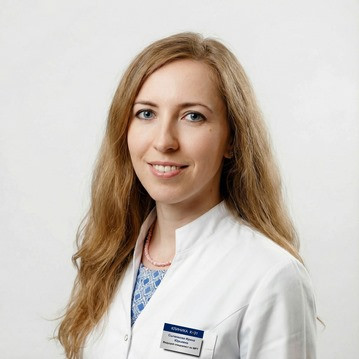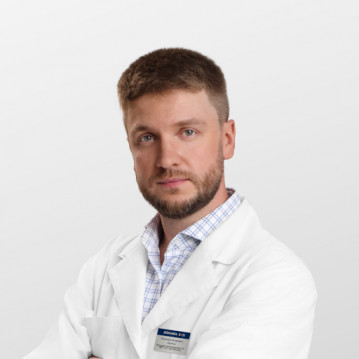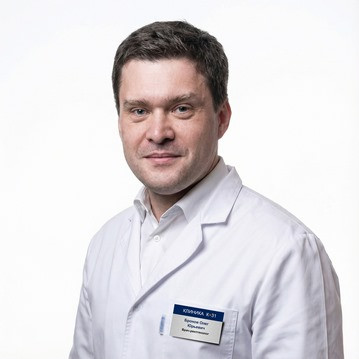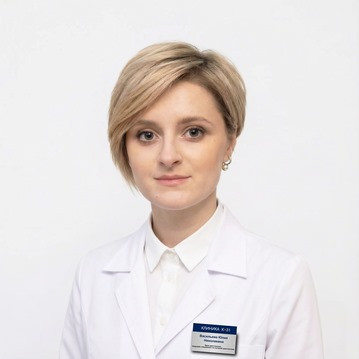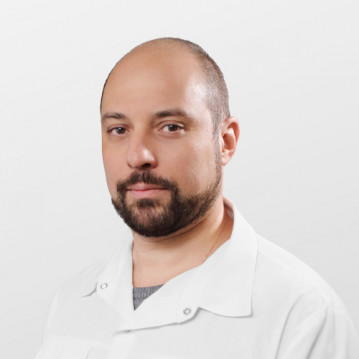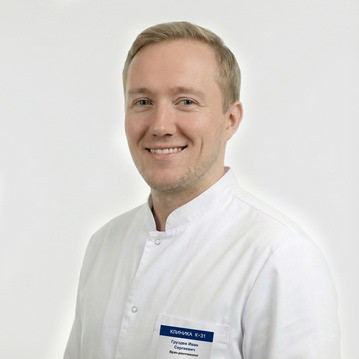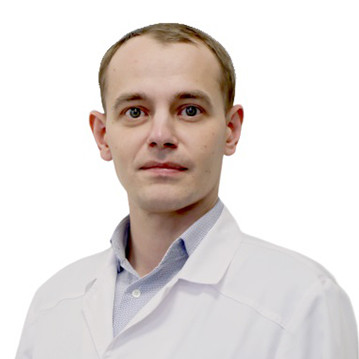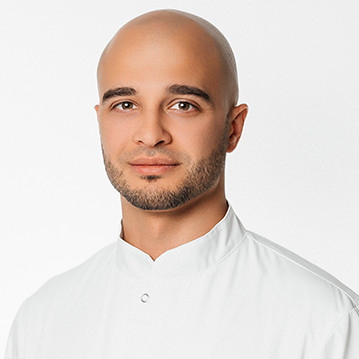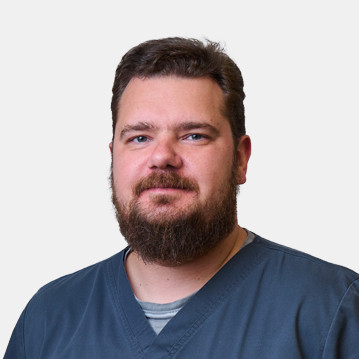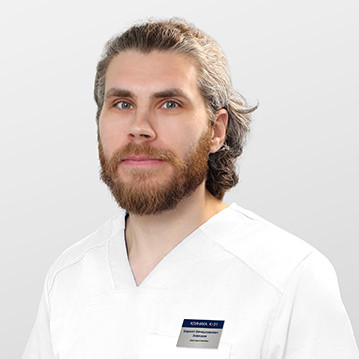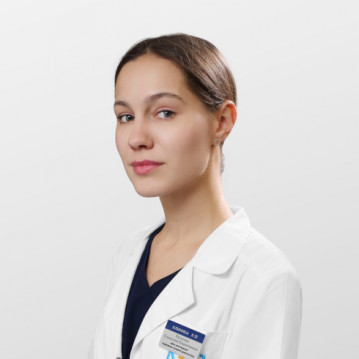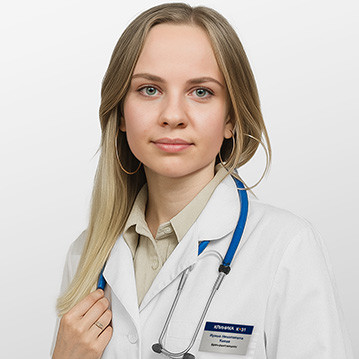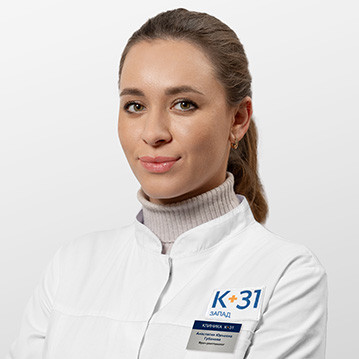Doctors often order X-rays to make a diagnosis. This examination of the internal organs is one of the simplest, most affordable and fastest, therefore it is considered a priority in some cases.
What is computer diagnostics? Examination of the human body using a CT scanner that emits X-rays. Tomography or CT is a modern and informative research method. With it, you can get clearer images in thin sections in several planes. Compared to MRI, computed tomography makes it possible to recognize dense formations, hollow organs, and damage to bone structures.
What does computed tomography of soft tissues show?
The study is an X-ray diagnostics on a tomograph, the area of study of which is human soft tissues. Where are they located on the body? In the structure of the whole organism, they account for about half of the total mass. The soft tissues of the body include muscles, skin and subcutaneous tissue, blood vessels, nerves, tendons, and all organs.
Depending on the indications, diagnostics are carried out on different parts of the body:
- CT of the soft tissues of the neck - assesses the condition of the vessels, thyroid gland, esophagus, nasopharynx, larynx.
- CT scan of the soft tissues of the face - the skin, muscles and tendons are studied.
- CT of the soft tissues of the legs or arms - an examination of various parts of the upper and lower extremities (CT of the soft tissues of the thigh, buttocks, forearm, etc.) is carried out with an assessment of the structure of the muscular system, blood vessels and nerve endings.
- CT scan of the internal organs - the diagnosis of the kidneys, heart, lungs, gastrointestinal tract, liver, spleen, pancreas, genital organs is performed.
Computed tomography allows the doctor to assess the shape, structural and functional changes in soft tissues. In case of damage to the facial nerve, as well as after surgery on the face, it is important to examine the deep layers of tissues, which is shown by CT of the face.
X-ray of soft tissues is carried out in a native form and with the use of contrast. Contrast-enhanced CT better displays blood vessels, indurations and tumors, allows them to be differentiated into benign and malignant, to assess inflammatory processes and their area of distribution.
With an X-ray examination of soft tissues after an injury, the doctor can accurately determine:
- Area of damage.
- The presence of a foreign body.
- Depth of damage and complications.
This is the most accurate and fastest diagnostic method for injury, traffic accident or accident, which is often used before surgery. In the postoperative period, CT is prescribed to assess the effectiveness of the treatment.
Indications for soft tissue CT
A traumatologist, internist, oncologist, or other specialist may recommend a soft tissue CT scan in the following cases:
- Penetrating or blunt trauma with suspected visceral injury.
- Before surgery to remove foreign bodies from the body.
- Enlarged lymph nodes and hematomas.
- Inflammatory processes in muscles and internal organs.
- Suspicion of neoplasms in order to differentiate them, determine the structure and size, localize metastases.
Computed tomography of the face is performed after maxillofacial injuries or for the diagnosis of neoplasms. During a general examination, the head is scanned and both soft tissue and bone structures are reflected in the images. If the purpose of computed tomography is only the soft tissues of the face, the doctor examines the layered images of the facial part. Diagnostics of the depth and volume of hematomas in the subcutaneous layers and muscles is carried out; inflammatory processes accompanied by abscesses; neoplasms (cysts, tumors or metastases).
CT with the anatomy of the soft tissues of the neck is performed in case of suspected diseases of the thyroid, parathyroid or thymus glands, with nerve infringement or obstruction of the vessels of the cervical region. With the help of CT of the soft tissues of the neck, emphysema, lymphoma, stones in the salivary glands, foreign bodies in the throat are diagnosed.
MSCT of the soft tissues of the neck, face, limbs or internal organs is indicated for the detection of oncology. The technique makes it possible to assess the neoplasm, its nature, stage and area of localization. Multislice tomography is one of the most revealing types of CT, since in one scan the diagnostician can take pictures in all projections for further 3D modeling. On CT, the doctor can see the phlegmon of the soft tissues and determine the extent of its spread.
